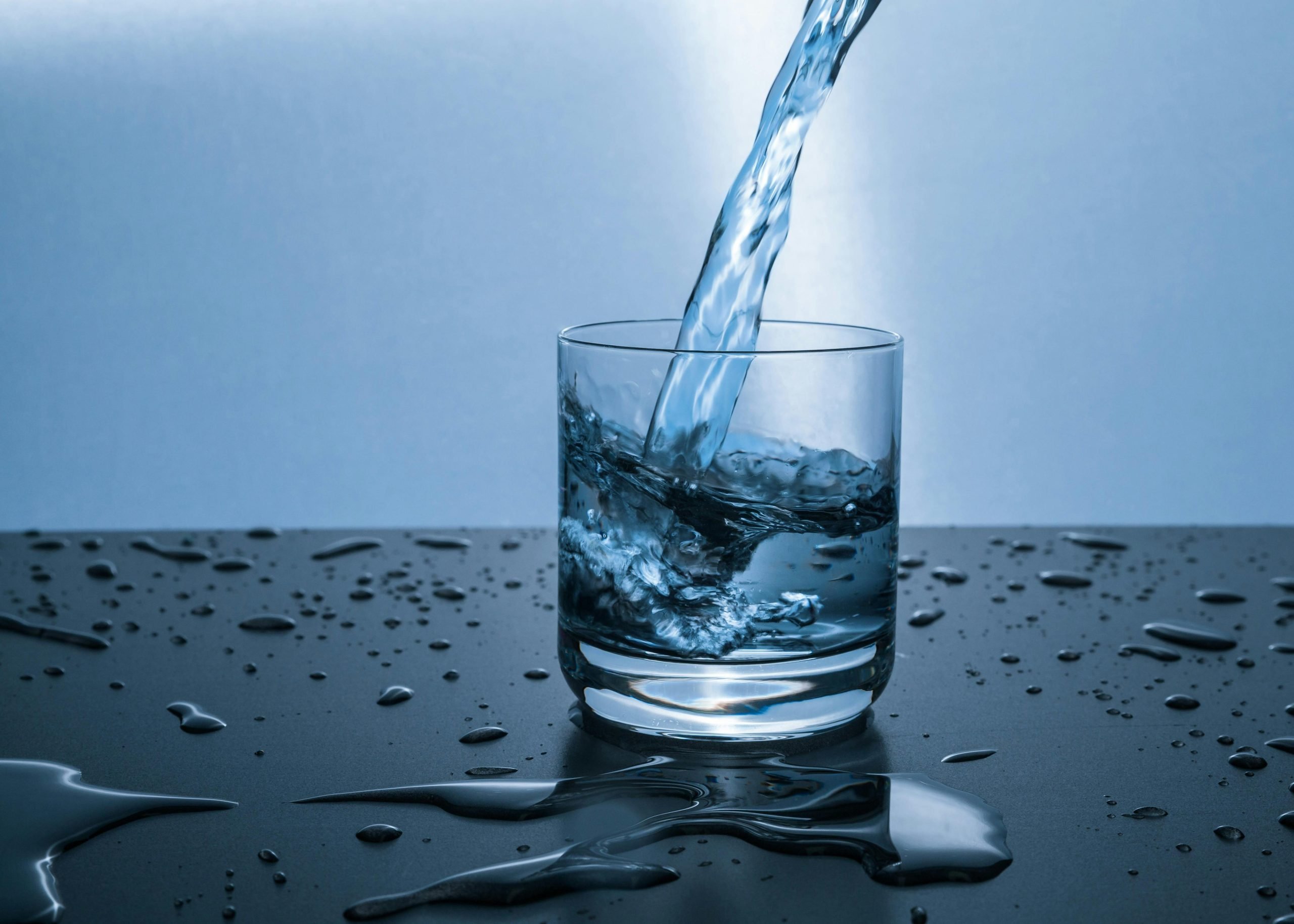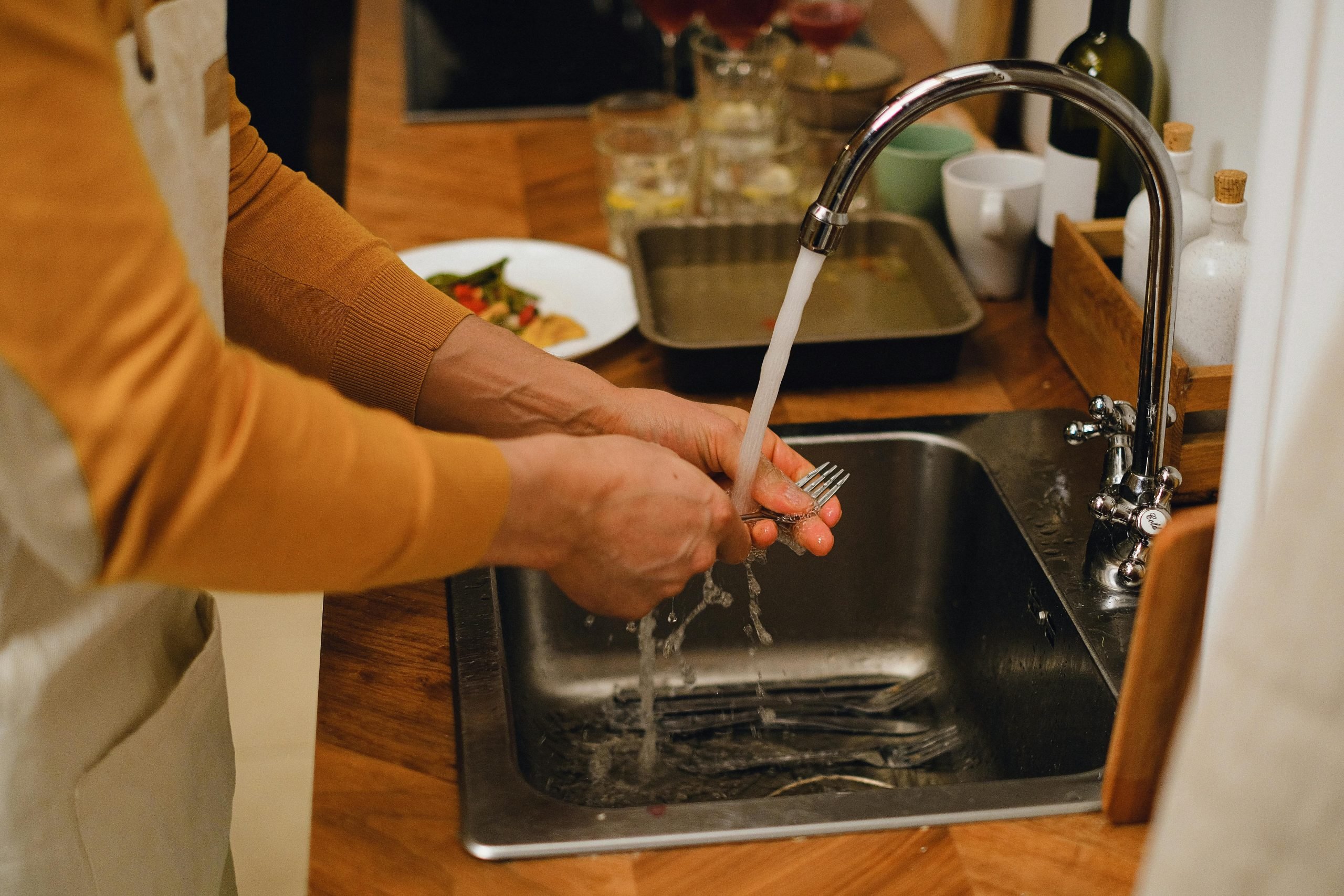Water is vital to our daily lives, supporting numerous household activities from cooking to bathing. Yet, few consider the intricate mechanisms ensuring our water remains clean and safe. Backflow prevention is one such critical aspect, guarding our water supply from contamination.
In simple terms, backflow occurs when water flow reverses in a plumbing system, potentially allowing contaminants to enter. This poses serious health risks and compromises water infrastructure integrity. Understanding backflow is crucial for protecting our families and communities.
Service by Scott, a trusted plumbing company with 30+ years of experience, emphasizes the importance of backflow prevention. In this article, we’ll explore backflow fundamentals, risks, and why professional prevention is essential for safeguarding your water supply. Let’s take a look at how proactive backflow prevention ensures peace of mind and long-term protection.

Understanding Backflow
Understanding what backflow is and how it occurs is fundamental to grasping the importance of backflow prevention. In simple terms, backflow happens when the normal flow of water in a plumbing system reverses direction, potentially allowing contaminants to enter the clean water supply. This reversal can occur due to changes in water pressure within the system, creating a pathway for pollutants to infiltrate our drinking water.
Definition of Backflow
Backflow can be described as the undesirable reversal of water flow in a plumbing system. Typically, water is supposed to flow in one direction—from the municipal water supply or well into our homes and out through drains and pipes. However, backflow disrupts this flow, causing water to move backward, carrying with it contaminants that may have entered the system.
Causes of Backflow
Several factors can contribute to backflow occurrences, including changes in water pressure, cross-connections, and back-siphonage. Changes in pressure can result from water main breaks, fire hydrant usage, or even routine maintenance activities. Cross-connections, where non-potable water sources come into contact with the potable water supply, create a risk for contamination. Additionally, back-siphonage can happen when negative pressure in the plumbing system draws water backward, pulling contaminants along with it.
Types of Backflow
There are two primary types of backflow: back-pressure backflow and back-siphonage. Back-pressure backflow occurs when downstream pressure exceeds supply pressure, forcing water to reverse its flow direction. This can happen due to elevated pressure from pumps, boilers, or other equipment. Back-siphonage, on the other hand, occurs when negative pressure in the plumbing system draws water backward, potentially pulling contaminants into the clean water supply.
Understanding these concepts is crucial for recognizing the potential risks posed by backflow and the necessity of implementing effective prevention measures to safeguard our water supply.

Risks of Backflow Contamination
Understanding the potential risks associated with backflow contamination is essential for appreciating the importance of implementing effective prevention measures. Backflow poses serious threats to both public health and the integrity of our water infrastructure. In this section, we’ll explore the various risks involved when backflow contaminates our water supply.
Health Risks
One of the most significant risks of backflow contamination is the potential for waterborne illnesses. When contaminants such as chemicals, bacteria, or other pathogens infiltrate the clean water supply, they pose a direct threat to human health. Consumption of contaminated water can lead to a range of illnesses, from gastrointestinal issues to more severe conditions like hepatitis or cholera. Vulnerable populations, such as children, the elderly, and individuals with compromised immune systems, are particularly at risk of experiencing adverse health effects from exposure to contaminated water.
Legal and Regulatory Concerns
In addition to health risks, backflow contamination can also lead to legal and regulatory consequences for property owners and businesses. Many jurisdictions have stringent regulations in place to prevent backflow and ensure the safety of public water supplies. Failure to comply with these regulations can result in fines, penalties, and legal liabilities. Moreover, in the event of a backflow incident resulting in illness or property damage, property owners may face lawsuits and liability claims. Therefore, individuals and businesses must understand and adhere to applicable backflow prevention regulations to avoid legal and financial repercussions.
Damage to Plumbing Systems
Beyond health and legal concerns, backflow contamination can also cause significant damage to plumbing systems. Contaminants introduced into the water supply can corrode pipes, fixtures, and appliances, leading to leaks, blockages, and costly repairs. Additionally, backflow events can disrupt water pressure and flow, affecting the performance and efficiency of plumbing systems. Over time, untreated backflow issues can result in deteriorating infrastructure, reduced water quality, and increased maintenance expenses for property owners.
Recognizing these risks underscores the importance of prioritizing backflow prevention to safeguard public health, comply with regulations, and protect the integrity of our water infrastructure. By understanding the potential consequences of backflow contamination, individuals and businesses can take proactive measures to mitigate risks and ensure the safety and reliability of their water supply.
Importance of Backflow Prevention Devices
Backflow prevention devices play a crucial role in safeguarding our water supply from contamination, ensuring that the water flowing into our homes remains clean and safe for consumption and everyday use. In this section, we’ll look into why these devices are essential components of plumbing systems and how they contribute to maintaining water quality and protecting public health.
Functionality of Backflow Prevention Devices
At their core, backflow prevention devices are engineered to prevent the reverse flow of water and contaminants into the potable water supply. These devices are installed at strategic points in plumbing systems where the risk of backflow is greatest, such as at cross-connections or points of potential pressure changes. By creating a physical barrier or employing check valve mechanisms, backflow prevention devices effectively block the backward movement of water, thereby preventing contaminants from entering the clean water supply.
Types of Backflow Prevention Devices
Various types of backflow prevention devices are available, each designed to address specific backflow risks and scenarios. Common backflow prevention devices include atmospheric vacuum breakers, pressure vacuum breakers, double-check valves, and reduced pressure zone (RPZ) assemblies. The selection of the appropriate backflow prevention device depends on factors such as the degree of hazard posed by potential contaminants, system pressure levels, and regulatory requirements.
How Backflow Prevention Devices Work
Backflow prevention devices operate through a combination of mechanical and hydraulic principles to maintain the integrity of the water supply. In normal operating conditions, these devices allow water to flow freely in one direction while preventing reverse flow. When backflow conditions occur, such as a drop in system pressure or increased downstream pressure, the backflow prevention device activates to seal off the water supply and prevent contaminants from entering. Regular testing and maintenance of backflow prevention devices are essential to ensure their proper functionality and compliance with regulatory standards.
Understanding the importance of backflow prevention devices underscores their critical role in protecting our water supply and ensuring public health and safety. Investing in high-quality backflow prevention devices and professional installation services is a proactive measure that can provide peace of mind and long-term protection for homeowners and businesses alike.

Backflow Prevention Methods
When it comes to safeguarding your water supply from contamination, implementing effective backflow prevention methods is paramount. In this section, we’ll explore various strategies and techniques for preventing backflow and maintaining the integrity of your plumbing system.
Installation of Backflow Prevention Devices
One of the most common and reliable methods for preventing backflow is the installation of backflow prevention devices. These devices, as discussed earlier, act as barriers to stop the reverse flow of water and contaminants into the clean water supply. Depending on the specific needs of your plumbing system and the level of backflow risk, different types of backflow prevention devices may be recommended. Professional plumbers, like those at Service by Scott, can assess your system and install the appropriate backflow prevention device to ensure optimal protection.
Regular Testing and Maintenance
Installing backflow prevention devices is only the first step in effective backflow prevention. Regular testing and maintenance of these devices are essential to ensure they continue to function properly over time. Routine testing helps detect any potential issues or malfunctions early on, allowing for prompt repairs or replacements as needed. By staying proactive with testing and maintenance, you can prevent backflow incidents and maintain the safety and reliability of your water supply.
Compliance with Regulations and Standards
In addition to installing backflow prevention devices and conducting regular maintenance, it’s crucial to stay compliant with relevant regulations and standards. Many jurisdictions have specific requirements for backflow prevention, including mandatory installation of backflow prevention devices and periodic testing by certified professionals. Compliance with these regulations not only helps protect public health but also ensures legal and regulatory compliance for property owners and businesses.
Implementing a combination of these backflow prevention methods is key to protecting your water supply from contamination and maintaining the integrity of your plumbing system. By investing in professional installation, regular testing, and compliance with regulations, you can minimize the risk of backflow incidents and enjoy clean, safe water for your home or business.

Professional Assistance from Service by Scott
While understanding backflow prevention methods is essential, enlisting the expertise of professionals like Service by Scott can provide invaluable support in safeguarding your water supply. In this section, we’ll explore the benefits of relying on seasoned professionals for your backflow prevention needs.
Expertise in Backflow Prevention
Service by Scott brings decades of experience and expertise to the table when it comes to backflow prevention. Our team of skilled plumbers is well-versed in the latest techniques, technologies, and regulations governing backflow prevention. Whether you need installation, testing, maintenance, or repairs, you can trust Service by Scott to deliver top-notch service and ensure the effectiveness of your backflow prevention measures.
Reliable Installation and Maintenance Services
When it comes to backflow prevention, proper installation, and ongoing maintenance are crucial for optimal performance. With Service by Scott, you can rest assured that your backflow prevention devices will be installed correctly and maintained to the highest standards. Our plumbers undergo rigorous training and certification to ensure they possess the skills and knowledge necessary to handle all aspects of backflow prevention with precision and expertise.
Emergency Response and 24/7 Support
Backflow incidents can occur at any time, often catching property owners off guard and requiring immediate attention. That’s why Service by Scott offers 24/7 emergency service and support for backflow prevention issues. Whether it’s a sudden drop in water pressure or a malfunctioning backflow prevention device, our team is available around the clock to provide prompt assistance and resolve any issues efficiently. With Service by Scott by your side, you can have peace of mind knowing that help is just a phone call away, no matter the time or day.
By entrusting your backflow prevention needs to Service by Scott, you can benefit from our expertise, reliability, and commitment to excellence. From professional installation to ongoing maintenance and emergency support, we’re here to ensure the safety and integrity of your water supply, so you can focus on enjoying clean, safe water for your home or business.
Conclusion
In conclusion, understanding backflow prevention and its importance is vital for protecting the safety and integrity of your home’s water supply. Throughout this article, we’ve covered the fundamentals of backflow, including its definition, causes, and types, as well as the significant risks it poses to public health, legal compliance, and plumbing infrastructure. We’ve also explored the essential role of backflow prevention devices, the importance of regular testing and maintenance, and the necessity of staying compliant with regulations and standards.
At Service by Scott, we’re not just a plumbing company—we’re your partners in ensuring the safety and reliability of your water supply. With over three decades of experience serving Woodville, Texas, and surrounding areas, we bring unparalleled expertise, reliability, and dedication to every job we undertake. Whether you need backflow prevention device installation, testing, maintenance, or emergency assistance, our team of skilled professionals is here to provide prompt, reliable service whenever you need it.
Don’t wait until you’re faced with a backflow emergency to take action. Contact Service by Scott today to schedule a consultation and ensure the safety and reliability of your home’s water supply. Let us put our experience and expertise to work for you, so you can enjoy clean, safe water for years to come. Your peace of mind is our priority—trust Service by Scott for all your backflow prevention needs.
FAQs
What is backflow, and why does it occur?
Backflow refers to the reversal of water flow in a plumbing system, which can occur when water pressure changes or when a cross-connection allows contaminants to enter the clean water supply. Factors such as water main breaks, firefighting activities, or back-siphonage can contribute to backflow incidents.
How can I prevent backflow in my home?
One of the most effective ways to prevent backflow is by installing backflow prevention devices, such as check valves or reduced pressure zone (RPZ) assemblies, at strategic points in your plumbing system. Regular testing and maintenance of these devices are also essential to ensure they function properly and provide reliable protection against backflow.
Are backflow prevention devices required by law?
Yes, many jurisdictions have regulations that require installing backflow prevention devices in certain types of plumbing systems, particularly those at risk of contaminating the public water supply. Property owners are typically responsible for complying with these regulations and ensuring that backflow prevention devices are installed and maintained properly.
How often should backflow prevention devices be tested?
The frequency of testing for backflow prevention devices depends on local regulations and the type of device installed. In general, most devices should be tested annually by a certified professional to ensure they are functioning correctly and providing adequate protection against backflow.
Why should I choose Service by Scott for backflow prevention services?
Service by Scott offers over 30 years of experience in the plumbing industry, specializing in backflow prevention services for residential and commercial clients. Our team of skilled professionals is dedicated to providing top-notch service, reliable installation, regular maintenance, and 24/7 emergency support to ensure the safety and integrity of your water supply. With Service by Scott, you can trust that your backflow prevention needs are in expert hands.

